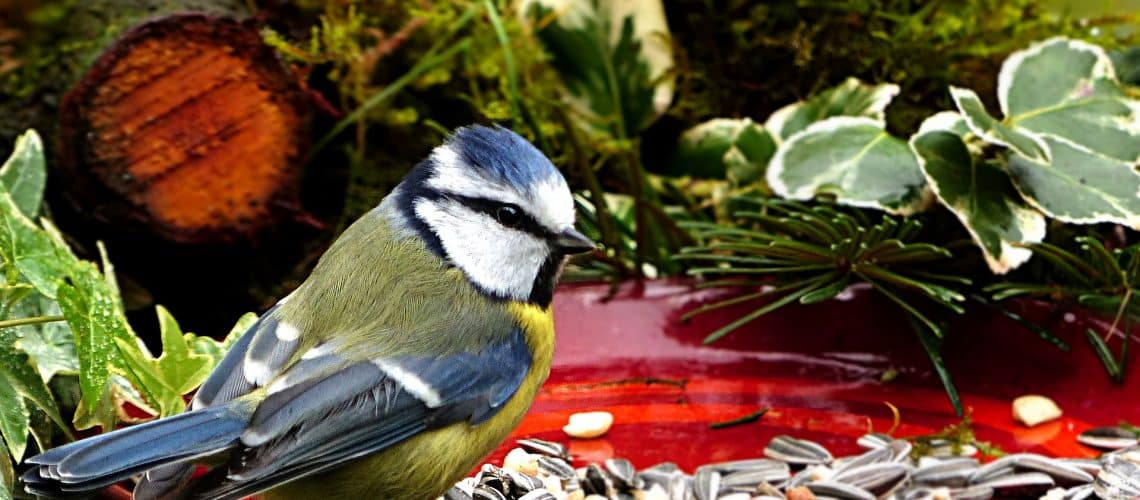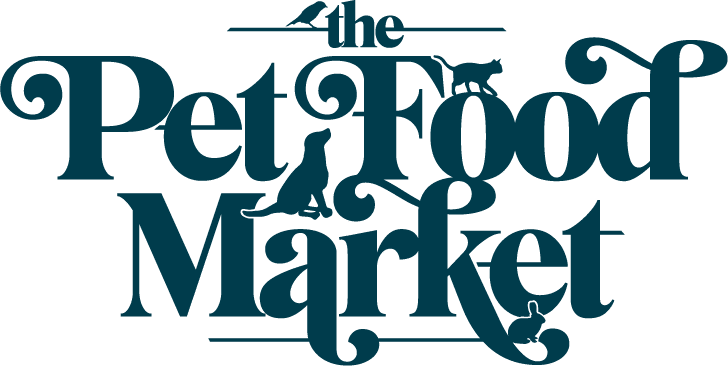
Feeding Garden Birds This Spring
The sound of birdsong has been one of the first welcome signs that Spring has sprung, and a sign that we are slowly emerging from a winter like no other.
Spring is a busy time for birds, with their noisy chatter a sure sign that breeding season is underway. Birds (like their human counterparts) will expend a lot of energy searching for a mate, then building nests, defending their territory, laying and incubating eggs, and raising the resultant young.
We will also have the returning migrants that left our shores for the winter in search of sunnier climates and are now home, tired and needing to replenish before they too start looking for love!
Busy Birds
So like us, birds are under stress, rushing around, looking to form relationships and rearing their young, its little wonder our garden birds need all the help they can get! Therefore what we do in our garden, the surroundings we create and the bird feed we provide can have a big impact on their lives, their reproductive success and the survival of their young.
Although some natural foods will start to become available in spring, modern farming practices have changed our rural landscape, with the disappearance of hedgerows, the reclamation of land and the use of pesticides all putting pressure on wild birds natural feeding patterns. Therefore in early Spring there is fierce competition for available food, so if you have been feeding birds over the winter it makes sense to continue feeding them into the Spring so they don’t need to waste energy searching for new sources of food.
Preparation is key
A well thought out garden will encourage wild birds to remain and forage on insects, buds and other treats. Plant the right trees and shrubs in your garden, as well as putting out food, and wild birds will have supplies throughout the year, and you can enjoy the sights and sounds of them for longer.
Use a variety of bird feeders – Just as birds vary in size, shape, colour, song and preferred foods, so they differ in feeding behaviour. Some birds feed almost exclusively in trees, others nearly always on the ground, and some will feed wherever they can find acceptable food.
The placement of bird feeders is important too. Birds will visit bird feeders that are placed close to branches of trees or shrubs more readily than they will visit feeders in the open. Bird feeders in the open tend to be more exposed to the elements and predators. Also it is best to have multiple feeding sites in the garden to prevent overcrowding. It is also better to top up feeders often rather than providing too much food at once. Bird feed left in feeders for too long can go mouldy and won’t have the desired effect. Don’t forget to freshen up your bird feeding stations by regularly cleaning your bird feeders with a mild disinfectant to prevent spreading of disease.
Nest boxes – Early spring is the time to put up nest boxes. These pretty little structures will enhance the look of your garden and more importantly entice nesting birds and their off-spring in on a consistent basis. Trees, bushes and shrubs will provide natural nesting sites, and you could leave out a selection of nesting materials such as pet hair, twigs, straw or feathers to help the birds in their construction efforts.
Water to is key for birds. It is used year-round for both for drinking and bathing and, in general, birds prefer water on or near the ground where it should be found naturally. If birds are nesting in your garden they won’t have to go too far from the nest to drink and bathe so they don’t have to leave their eggs or hatchlings vulnerable to predators. Most of us don’t have natural water in our gardens so investing in a bird bath is a great idea. They are relatively cheap, decorative and really add to your garden, whilst helping out our feathered friends. A win win for everyone!
What do garden birds like?
If you want to attract many different species of birds and more activity around your bird feeders, you need to offer a variety of foods. Some birds will eat almost anything, most have favourite foods, and a few are very picky and will only eat one or two types. By choosing the right type of bird food, and putting it in the right type of bird feeder, you can increase your chances of attracting the wild birds you most want to see.
A quick Google of the RSPB website will help you determine which foods to offer to attract your favourite birds. For example woodpeckers and tits enjoy peanuts, goldfinches like black nyger seed, starlings and many other species enjoy suet and fat-balls. Mealworms are a great treat enjoyed by robins, blackbirds and wagtails. Sunflower hearts are popular with finches, tits and even siskin’s. Seed mixes are popular with a number of small birds including tits. Just remember though, during Spring and Summer, not to put food on bird tables that isn’t suitable for young chicks as they may choke, so always feed peanuts through a mesh bird feeder.
Stepping into Spring
So as we step forward into Spring, and with a roadmap out of lockdown, we can look forward to brighter days ahead. As the evenings lengthen we will have more time to enjoy the great outdoors and all that wildlife has to offer. So whether you simply scatter some bird feed on the ground, or build an elaborate bird feeding station, the most important thing is to enjoy! A bird book will help you identify the visitors to your feeders and binoculars will give you a closer look, but neither is really necessary, just pull up a chair and watch and listen to Natures Netflix!
In any season, providing a variety of different bird foods will attract a wide range of hungry wild birds into your garden, giving well-rounded nutritional support. But you won’t only be helping out wild birds, you’ll be giving your own mental health and well-being a boost in the process, as we emerge from the bleakest of winters.
